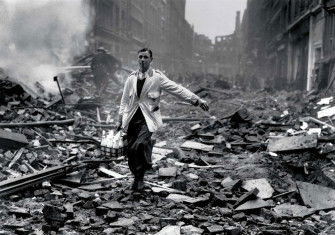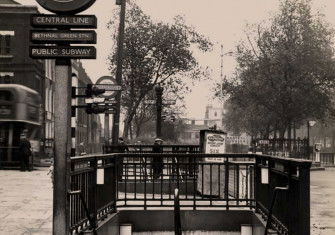Bodies in the Blitz: The Murder of Rachel Dobkin
The devastation and chaos inflicted on London by wartime bombing raids provided an opportunity for murderers to conceal their crimes.

Civilian violence in wartime reveals what is usually hidden in people’s lives: the fault lines in families and communities pushed to the brink by the pressures of conflict. In London during the Second World War, the city’s residents struggled to cope with the blackouts, the anxiety of air raids, the separation of families by conscription and evacuation, and the growing numbers of foreign soldiers in the capital. The war increased incidents of violence, and for the perpetrators, the darkness and rubble of London’s bombed-out buildings was an opportunity to conceal their crimes.







